GENTAMICIN - TOPICAL
PHONETIC PRONUNCIATION: (JEN-ta-MYE-sin)
COMMON BRAND NAME(S): Garamycin
GENERIC NAME(S): gentamicin sulfate
Uses
USES: This medication is used to treat minor skin infections (such as impetigo, folliculitis) or minor infections related to some skin conditions (such as eczema, psoriasis, minor burns/cuts/wounds). Gentamicin works by stopping the growth of certain bacteria. It belongs to a class of drugs known as aminoglycoside antibiotics. This antibiotic only treats bacterial infections. It will not work for virus or fungus infections. Unnecessary use or overuse of any antibiotic can lead to its decreased effectiveness.
How to use GENTAMICIN - TOPICAL
HOW TO USE: This medication is for use on the skin only. Wash your hands before using. Clean and dry the affected area as directed. If you are treating impetigo, remove any dried, crusty skin to increase contact between the antibiotic and the infected area. Then gently apply a small amount of medication in a thin layer as directed by your doctor, usually 3 to 4 times a day. You may cover the area with a sterile gauze bandage if so directed. Keep the infected area clean. Wash your hands after use, unless you are using this product to treat the hands. Avoid getting this medication in your eyes, nose, or mouth. If this occurs, wipe off the medication and rinse thoroughly with water. Dosage and length of treatment is based on your medical condition and response to treatment. Use this medication regularly to get the most benefit from it. To help you remember, use it at the same times each day. Do not apply large amounts of this medication, use it more often, or use it for longer than prescribed. Your condition will not improve any faster, and your risk of side effects may increase. Continue to use this medication for the full length of treatment prescribed, even if symptoms disappear after a few days. Stopping the medication too early may allow bacteria to continue to grow, which may result in a return of the infection. Tell your doctor if your skin infection persists or if it worsens.
Side Effects
Precautions
Interactions
Overdose
Images
Reviews
Faq for GENTAMICIN - TOPICAL
Gentamicin topical is used for treating various skin infections caused by bacteria.
Gentamicin topical works by stopping the growth of bacteria and killing them, thus treating the infection.
Gentamicin topical should be applied to the affected area of the skin, usually two to four times a day, as directed by your doctor.
Yes, Gentamicin topical can be used on open wounds, but it is always recommended to consult with your doctor or healthcare provider before using it.
Common side effects of Gentamicin topical include skin irritation, itching, and redness at the application site. In rare cases, it may cause allergic reactions or severe skin reactions. If you experience any unusual or severe side effects, contact your doctor immediately.
It is generally recommended to avoid using Gentamicin topical during pregnancy or breastfeeding unless specifically prescribed by a doctor. Discuss the potential risks and benefits with your healthcare provider.
Gentamicin topical is not known to interact with other medications when used as directed. However, it is always important to inform your healthcare provider about any medications or supplements you are taking to avoid potential interactions.
The duration of treatment with Gentamicin topical usually depends on the severity of the infection and the response to the medication. Follow your doctor's instructions regarding the duration of use.
No, Gentamicin topical is specifically indicated for bacterial infections and should not be used for fungal or viral infections. Using it for such conditions may not be effective and could potentially worsen the condition.
Disclaimer
IMPORTANT: HOW TO USE THIS INFORMATION: This is a summary and does NOT have all possible information about this product. This information does not assure that this product is safe, effective, or appropriate for you. This information is not individual medical advice and does not substitute for the advice of your health care professional. Always ask your health care professional for complete information about this product and your specific health needs.


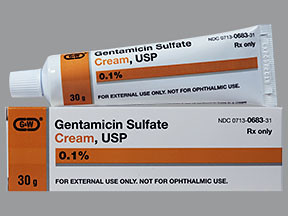
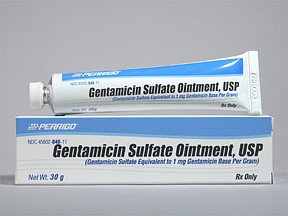
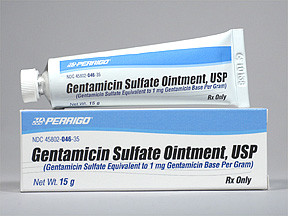
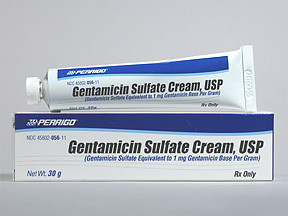
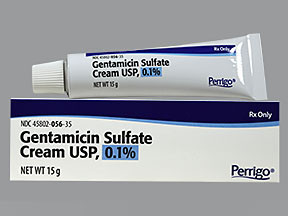
No Reviews Yet